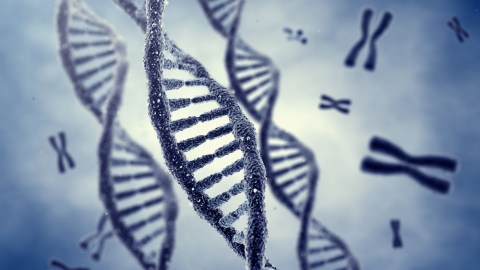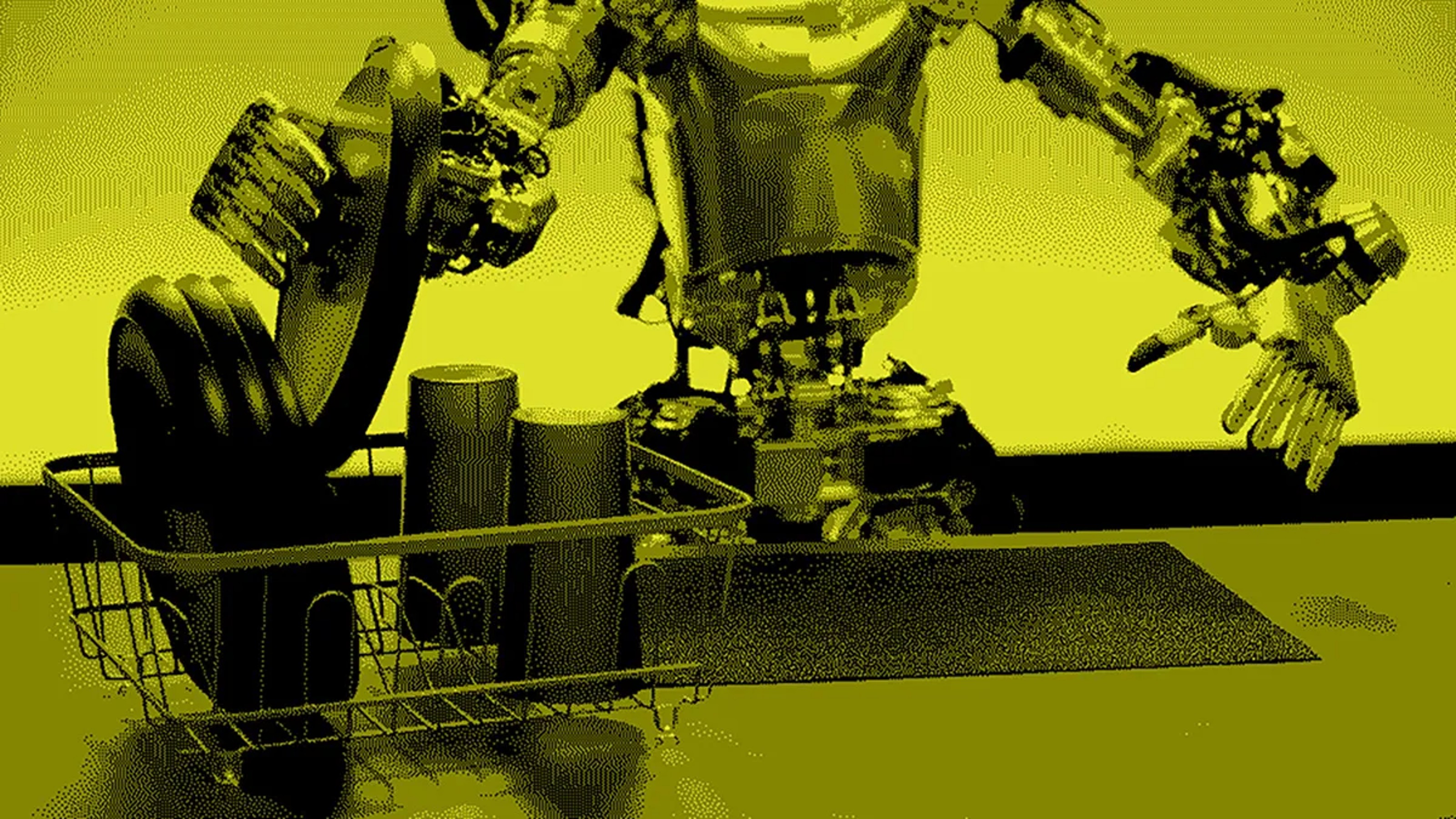Court’s Gene Patent Decision Not Based on Biology

Editor’s Note: This article appeared on RealClearScience, and is paired with another that disagrees. Read that article here.
The U.S. Supreme Court, in a unanimous 9-0 decision, determined that biotechnology companies are not allowed to patent genes. This is a step in the right direction, but the Court has not gone far enough.
Myriad Genetics, the company at the center of the case, had patented the DNA sequences of the BRCA1 and BRCA2 genes and devised a test to determine if a woman possesses versions of the genes linked to breast cancer. However, by “owning” the gene sequences, they effectively created a monopoly, preventing other companies from creating their own tests.
The Court ruled against this, claiming that a product of nature – in this case, a gene sequence – is not eligible to be patented. But, a synthetic version of the gene, known as complementary DNA (cDNA), is eligible. This sounds like a fair-minded compromise, but it could yet still prove greatly problematic for the scientific community.
Scattered within our genes are bits of rather mysterious DNA sequences called introns. Their purpose is largely unknown. To express a gene, a cell first converts the DNA sequence into messenger RNA (mRNA), but it snips out all the pesky introns. The pieces left over to make the RNA message provide the instructions necessary to synthesize proteins. If a team of scientists creates a DNA version of this protein-encoding mRNA, it is called cDNA and is eligible for patenting.
The trouble is that cDNA – while considered “synthetic” – is essentially nothing more than a simplified version of the same information already contained within the gene. The Court claimed “cDNA is patent eligible because it is not naturally occurring.” But this is scientifically dubious. True, cDNA itself isn’t found in nature, but the information is: It comes in the form of mRNA, which is abundant within a cell. In other words, there isn’t any novel, non-natural information in the cDNA.
Think of this analogy: A company that mines an ore, processes it, and extracts the pure metal is not allowed to patent the metal. Why? Because the metal is still a product of nature. “Simplifying” the ore by extracting the metal doesn’t make the metal patent eligible.
Even more troublesome for biologists is the fact that creating cDNA to study genes is extremely common in genetics laboratories. Therefore, if cDNA is patent eligible, it would suggest that studying the original gene is still largely off limits to those who don’t hold the patent. If that’s the case, then the Court’s decision hasn’t changed the status quo all that much.
What should be eligible for a patent? Any substantial change that produces a gene sequence that is not known to occur in nature should be patent eligible.
For example, non-natural mutations can be introduced into a gene sequence in order to study function; this often takes the form of DNA deletions and insertions, or in some cases, fusions with other genes. Other changes involve tweaking how the gene is expressed. Such manipulations should be patent eligible if a company decides to pursue that.
As a book author, I certainly recognize the necessity and value in protecting intellectual property. Without patents, technology simply would not progress.
Striking the proper balance between promoting innovation and allowing public access to scientific information is a delicate balancing act. Unfortunately, the Court has failed in this endeavor.
Alex B. Berezow is the editor of RealClearScience and co-author of Science Left Behind. He holds a PhD in microbiology.





